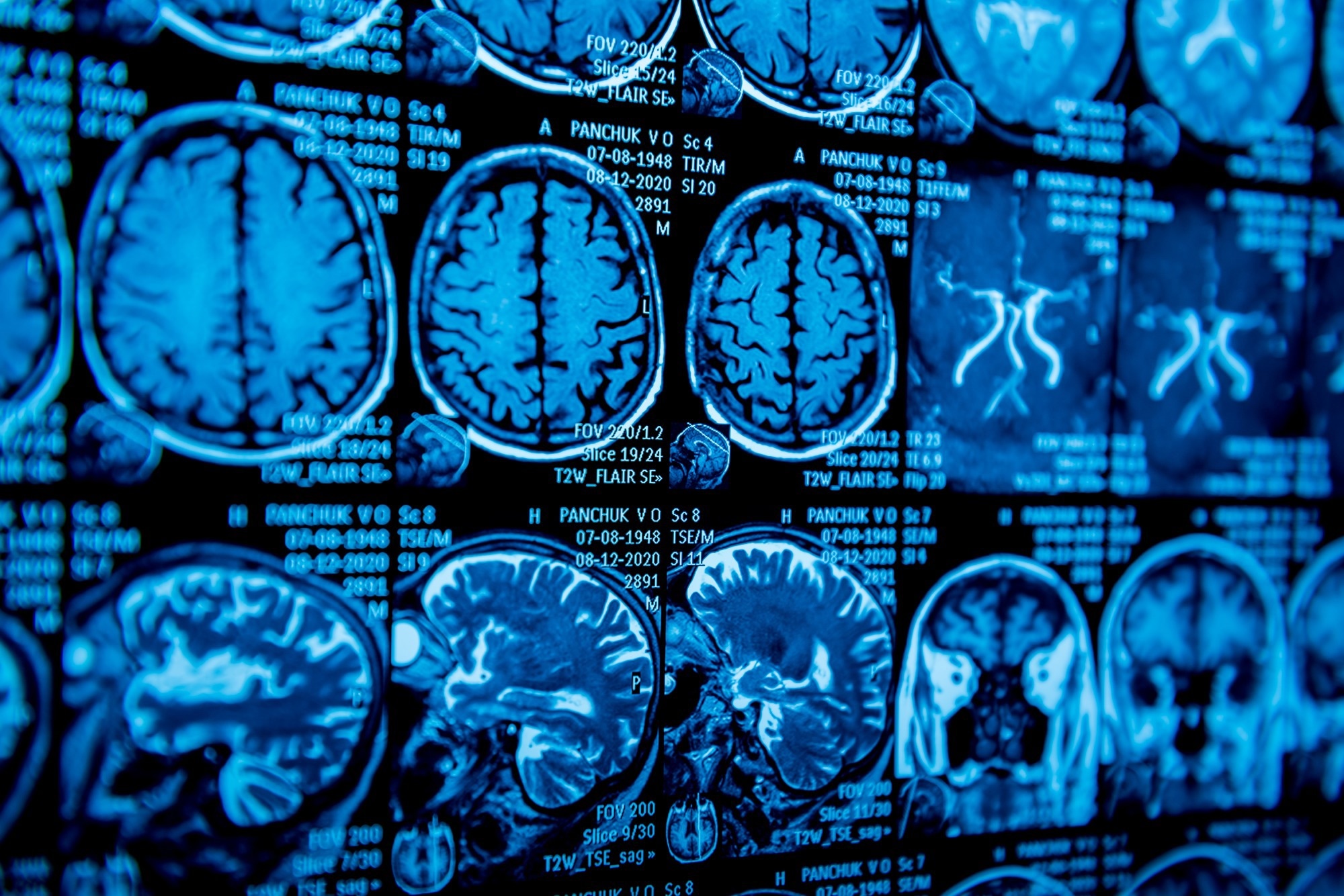[ad_1]
In a current research printed within the journal Psychiatry Analysis, researchers discovered bigger grey matter volumes (GMVs) in sufferers with neuropsychiatric lengthy COVID syndrome.
The continued coronavirus illness 2019 (COVID-19) pandemic presents challenges in treating contaminated individuals and survivors who expertise persistent signs. Though a number of organs are affected because of extreme acute respiratory syndrome coronavirus 2 (SARS-CoV-2) an infection, psychological well being issues are outstanding, on condition that roughly 78% of COVID-19 survivors expertise neuropsychiatric lengthy COVID signs.
Nervousness, cognitive deficits, and despair are generally reported, impairing the standard of life. There was hypothesis that sufferers who exhibit extreme signs throughout acute an infection usually tend to undergo lengthy COVIDs. Thus far, most neuroimaging research in COVID-19 sufferers have been carried out in the course of the acute stage, and proof for long-term structural adjustments within the mind is proscribed.
 Research: Bigger grey matter volumes in neuropsychiatric long-COVID syndrome. Picture Credit score: Roman Zaiets / Shutterstock
Research: Bigger grey matter volumes in neuropsychiatric long-COVID syndrome. Picture Credit score: Roman Zaiets / Shutterstock
In regards to the research
Within the current research, researchers in contrast GMVs of sufferers experiencing neuropsychiatric lengthy COVID signs with these of wholesome controls. Between April and September 2021, 30 sufferers with neuropsychiatric lengthy COVID signs and 20 wholesome controls with out a previous analysis of COVID-19 have been included. Sufferers have been recruited from the post-COVID outpatient clinic on the Jena College Hospital.
Inclusion standards included sufferers with fatigue, despair, reminiscence, or focus impairment after COVID. No affected person had previous psychiatric issues earlier than COVID-19. Wholesome individuals have been recruited from the group as controls by way of press releases and examined for anti-SARS-CoV-2 antibodies on the time of scanning.
All individuals accomplished the state-trait-anxiety stock (STAI), a self-rating evaluation for nervousness. As well as, topics have been rated for despair signs utilizing Montgomery-Asberg Melancholy Score Scale (MADRS). Additional, Montreal cognitive evaluation (MoCA) was used to display screen topics for cognitive impairment.
The individuals underwent a high-resolution T1-weighted magnetic resonance imaging (MRI). The computational anatomy toolbox 12 (CAT12) of the structural mind mapping group, Jena College, was used for voxel-based morphometry. The pictures have been segmented into white matter (WM), grey matter (GM), and cerebrospinal fluid (CSF).
A basic linear mannequin (GLM) strategy was utilized to match GMVs between sufferers and controls. Stepwise linear regression was carried out to find out if the next variables accounted for the variance within the cortical volumes in sufferers – gender, age, MoCA, MADRS, STAI, the severity of acute COVID-19, and time since COVID-19 onset.
Findings
Melancholy and cognitive signs considerably differed between lengthy COVID sufferers and controls on the time of scanning, with a better burden of signs amongst sufferers than amongst controls. Each cohorts had no vital distinction in state and trait nervousness. In comparison with controls, a number of clusters of bigger GMVs in lengthy COVID sufferers encompassed the hippocampus, insula, frontotemporal areas, amygdala, thalamus, and basal ganglia. As well as, a number of clusters of smaller GMVs have been current primarily within the bilateral lingual gyri.
The regression mannequin considerably predicted GMVs in sufferers. The variable, time since COVID-19 onset, considerably predicted GMVs in 4 clusters. This relationship was inversely correlated, suggesting increased GMVs with a shorter time since COVID-19 onset. Additional, gender and age have been vital predictors of GMVs in all clusters, implying a linear relationship. MADRS, MoCA, and STAI scores weren’t vital predictors of GMVs.
Conclusions
The research discovered elevated GM in lengthy COVID sufferers with neuropsychiatric signs. Age, gender, and time since COVID-19 considerably predicted volumetric adjustments in sufferers. Bigger GMVs in people with lengthy COVID would possibly point out compensatory or restoration results. Particularly, these results might be thought of for areas related to the olfactory system, which is believed to be first contaminated by SARS-CoV earlier than infecting the central nervous system by way of retrograde neuronal transport mechanisms.
Moreover compensatory processes, bigger GMVs in sufferers with COVID-19 may happen from an inflammatory exercise leading to microvascular dysfunction, endothelial activation, and vasogenic improve of tissue water. As a result of time since COVID-19 onset was a major inverse predictor of GMVs, this might point out that bigger GMVs could lower in quantity over time. Additionally it is attainable that reducing volumes could also be a part of COVID-19 restoration.
General, the research discovered that lengthy COVID-19 sufferers with neuropsychiatric signs exhibit adjustments in GMVs, that are predicted by the person’s gender, age, and the time since SARS-CoV-2 an infection. Additional investigations classifying lengthy COVID sufferers in keeping with the severity of cognitive signs and despair may present higher insights into the restoration course of.
Journal reference:
- Besteher B, Machnik M, Troll M, et al. Bigger grey matter volumes in neuropsychiatric long-COVID syndrome. Psychiatry Analysis, 2022. DOI: 10.1016/j.psychres.2022.114836
[ad_2]
Source_link












